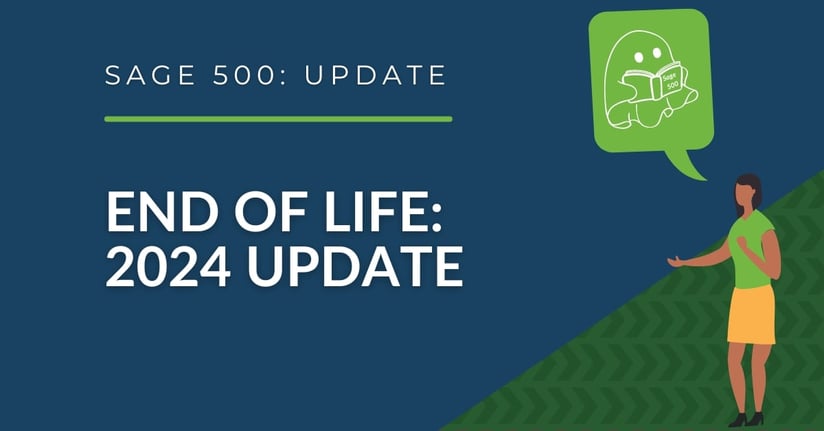When my wife and I built our home more than twenty years ago, we were like many first-time home builders; a little excited and a lot overwhelmed. Sure, we splurged for some upgrades and didn’t forget modern-day necessities like central a/c. In fact, based on the unique layout of our home, we let the builder talk us into installing dual a/c units instead of using cooling zones. So, now we are the proud owners of two, twenty-plus year old, 5-ton split system air conditioner units and condensers.
The a/c units have served us well; offering respite from humid summer days and providing a comfortable home. The problem is that at more than twenty years old, the units are showing their age. Even with annual maintenance, they’re no longer energy efficient and routine repairs, including parts and service, are getting more expensive every year. But, the bigger problem is that the units use old refrigerant that is no longer available and our units are too old to be retrofitted. As an aside, for HVAC aficionados, the EPA implemented environmental protections to phase out R-22 refrigerant in 2010 then banned the production and import of R-22 refrigerant in 2020. Simply put, our a/c units are no longer compliant.
At this point, you may be asking yourself, “What does that have to do with Sage 500?” Well, recently, I was speaking with an executive at one of our Sage 500 customers, and it reminded me of my old a/c units, so I told him this story. Although the stakes are much higher for our Sage 500 clients, the state of these a/c units has many parallels to the state of Sage 500. Every year, we pay for routine maintenance and cross our fingers that we can squeeze out one more year before facing the costly and disruptive process of replacement.
This ‘hope and pray’ method isn’t without risk, though. For example…
- What if the a/c units fail during the summer?
- At what point does it become cheaper to replace than continue paying for repairs?
- What if there are supply chain issues getting new units or parts?
- What if service technicians are in-demand when we need them most causing scheduling delays of days, weeks, or even months?
- How long might we have to wait?
We have hundreds of Sage 500 customers who are fully aware of the state of Sage 500, the challenges of its outdated technology, and the effort, including time and money, to implement a new solution. The challenge is knowing when to replace Sage 500 and balancing the investment, effort, and disruption against the risks. One thing is constant: our dilemmas aren’t going away, though, and sooner, rather than later, we’ll be faced with a replacement-only option.
I appreciate and respect the confidence our customers have in RKL and the investment they’ve made with Sage. RKL can help you move forward on your terms, making the best decision you can with all of the information we have at the time. We can’t predict when disaster will strike but we can plan for the inevitable, minimize the risk together, and help you along your journey.
Contact our team to help you assess your current situation and to prepare a plan for what’s next. Here’s to staying cool this summer. Wish me luck!



